My years in the restaurant business have taught me many things. Some of those things are best left unsaid and other things require a PhD in vulgarity, but the one thing I learned that I keep coming back to night after night is that you do not have to spend a lot of money to drink excellent wine. This is especially true of champagne...I'm sorry, sparkling wines.
The world as we know it is no longer allowed to call any sparkling wine made outside of Champagne, France "champagne." These bubbly mongrels have for years been cast aside in favor of their well-bred cousins who seemed to have benefitted from their perceived higher level of quality and sophistication.
However, with a little know-how, you can find and enjoy incredible sparkling wines from all over the world that rival, if not exceed, some of the best champagnes. Your sommelier will never forgive you!
Why Is Champagne Different from Sparkling Wine?
In the most basic sense there is absolutely no difference between champagne and sparkling wine: they are both carbonated wines. How they are carbonated is where champagne begins to distinguish itself from every other sparkling wine. However, this does not mean that one method of carbonation creates a more superior end product.
Champagne is a sparkling wine produced from grapes grown in the Champagne region of France. Champagne makers follow rules that require a secondary fermentation of the wine to take place in the bottle. This creates carbonation in a process called Méthode Champenoise.
What Is Méthode Champenoise?
This process takes considerable time and effort on behalf of the winemaker. First, when the wine is "still" (non-sparkling), it must age its lees for a minimum of 15 months. Lees are the deposits of dead or residual yeasts found in wine. During this aging period, the wine is becoming carbonated as yeasts die off and release carbon dioxide.
Second, the lees must be consolidated and removed in a process called "riddling," whereby the remueur or "riddler" (a person with a very specialized skill) places each bottle in a custom-built rack so that the bottle is parallel to the floor.
Every day for approximately eight to ten weeks, the remueur rotates each bottle 1/8th of a turn while slowly increasing the angle of the bottle. After ten weeks, the top of the champagne bottle is almost pointing downward. At this point, all the dead yeast is captured in the neck of the bottle.

A remueur rotates the bottles on a riddling table.
Third, one must remove the yeast, which requires an act of pure genius. The neck of each bottle is submerged in a ice/salt solution so that only the liquid and dead yeast in the neck of the bottle are frozen. The bottle cap that has been sealing the champagne is then opened. The existing pressure inside the bottle blows out the icy plug of dead yeast in a process called "disgorging."
Lastly, since some of the liquid has been lost in the disgorgement process, each champagne bottle is then topped up with various, and oftentimes secret, combinations of older vintage champagne, candy sugar, or other flavored liquors depending on the house style and level of sweetness each champagne producer desires in a process called dosage. Once dosage is complete, champagne bottles receive their traditional cork and wire enclosures.
Alternatives to Méthode Champenoise
Given the serious time and financial commitment to the traditional method, producers have other methods for carbonating their sparkling wines such as Méthode Charmat and straightforward gas injection.
The Charmat method was invented in Italy and is predominantly used to create Italian sparkling wines. In the Charmat process, wine undergoes secondary fermentation in stainless steel tanks or steel vessels rather than in individual bottles. The finished wine is then bottled, under pressure.
Many grape varieties, including Prosecco, are best suited for fermentation in tanks. The resulting process is generally less expensive than the traditional method, but produces sparkling wines of such quality, especially those in Franciacorta, they frequently rival those in champagne.
The gas injection method is the least expensive method for carbonating any liquid including wine, beer, or soda. Carbon dioxide is simply forced into the liquid via a carbonator. Home brewers have been force-carbonating their brew for decades, since this process allows you to precisely control the amount of carbonation you put into your beverage of choice.
"New" Mexico Produces "Old-Style" Champagne
New Mexico is probably the last place you would expect to produce a sparkling wine. However, there may be a reason why UFOs are frequently spotted in the skies of New Mexico: Gruet Sparkling wines.

Like many other aliens, I have been visiting New Mexico often—nearly 20 years—and Gruet Wines are on my dinner table every single night. Founded, owned, and operated by the very same family that owns and operates Gruet et Fils in Champagne, France, they have been growing grapes at an altitude of 4,000 feet in New Mexico and producing high-quality sparkling wine since 1989. Like Area 51, these wines were once hard to find. However, in 2012, Gruet wines established full distribution channels in all of the lower 48 states.
If you want the quality of champagne but don't require that your bubbly have the pedigree of Méthode Champenoise, then Gruet is the way to go.
Latvia Makes Sparkling Wine?
Who says the former Soviet states only drank vodka and ate pickles? Cobetckoe "Soviet" Semi-Sweet Sparkling Wine is about as close as any of us will ever get to Vladimir Putin, Pussy Riot, or their Latvian neighbor, but they do make a sparkling wine that is downright delicious.

It is a semi-sweet wine that is not as sugary as you might imagine. Instead of pairing it with dessert, drink this wine with spicy Asian cuisine or simply as a cocktail hour apéritif. This sparkler may be hard to find, but not impossible and the affordable price is worth the effort.
Move Over German Riesling, It's Time to Sparkle
Beer and riesling are not the only incredible beverages this country produces. My recent enjoyment of Henkell Trocken had me absolutely convinced I was drinking a vintage quality champagne. The bubbles were creamy, smooth, and the flavor had just enough of that ubiquitous baked bread quality champagne is known for. I was shocked a wine so affordable could taste this good.

Phil Pyle wonderhowto
However, there is a reason German sparkling wines (known as sekt) are not always on your local wine store shelf. They are simply so good the Germans and the rest of Europe want to keep them for themselves. If you have the opportunity to buy one, you will not be disappointed.
France's Other Sparkling Wines
Lest you think champagne is the only sparkling wine in France; think again! While the good people in the region of Champagne cornered the market on the eponymous name, the rest of France has slowly but surely created some incredible sparkling wines worth everyone's consideration.

They may not be champagne, but they begin with a C and that has to count for something.
Crémant de Limoux, Crémant de Loire, Crémant d'Alsace, and Crémant de Bourgogne are sparkling wines that use the "crémant" designation to indicate that these sparkling wines were made in the traditional method second-fermentation-in-the-bottle method like those in Champagne.
However, crémants tend to have slightly less effervesence than champagne. Considering that crémants are high quality wines that often cost much less than actual champagne, I doubt you'll miss a few bubbles.
Not to be outdone, places such as Provence and appellations such as Vouvray also produce incredible sparkling wines for the money. In a country with over 400 types of cheese, it is only fitting they produce a lot of sparkling wine...a wine that's perfect with cheese!
Lambrusco: The Best Sparkling Red Wine You've Never Tried
I've known about and have been drinking real Lambrusco for the better part of twenty-five years during my trips to Italy, but it wasn't until recently that real Lambrusco, in all its varied glory, arrived on U.S. shores.

Cleto Chiarli Vigneto is one of the oldest vineyards in Italy and produces Lambrusco.
For many middle-aged and older Americans, the idea of Lambrusco conjures up unpleasant recollections of a fizzy sweet wine better suited for kids. This cultural assassination of one of Italy's cherished beverages screwed the makers of this incredible wine for the better part of two generations.
Flash forward, remove head from buttocks, and behold one of the best wines you have never tried.
Lambrusco is both the name of a grape varietal and the name of the type of wine this grape, and the grasparossa grape, produces. These wines run the gamut from very sweet to bone dry. They come in red or white styles and are "frizzante" meaning "frizzy" or slightly sparkling in nature. While not a true "sparkling wine" they are treated like such in the sense that they are perfect with all sorts of food. This is why in the food capital of Italy, Emilia-Romagna, that Lambrusco, in all its various styles, is the only wine you will find at any given dinner table.
If you're interested in trying this underrated sparkler, get the 2012 Cleto Chiarli Vigneto Enrico Cialdini Lambrusuco Vigna di Grasparossa Secco DOC. This is just one excellent and affordable example of Lambrusco.
Trust Terry Theise
I've been lucky enough to spend time with famed wine expert, author, and wine importer Terry Theise on many occasions.
To give you an idea of just how scary-smart Terry is when it comes to wine, consider the fact that nearly every great winemaker in Germany asks him, an American, how to make the best wine possible. Many small, artisan producers of champagne consult with him as well. Terry is as smart as he is eccentric and an absolute pleasure to listen to or read.
Bottom line, if you ever have a chance to meet Terry in person, do everything in your power to make it happen. If that isn't possible, watch his movie or drink any wine with his name attached to it. As Michael Skurnik, another famous wine importer and distributor, puts it:
"Jump headlong into the wonderful world of Terry Theise German, Austrian and Champagne Estate Selections. Prepare yourself for a psychotropic experience."
Want to know more about champagne? Here's why a spoon won't keep it bubbly—and what will.
Photos by Phil Pyle, Jr./Food Hacks (unless otherwise specified)







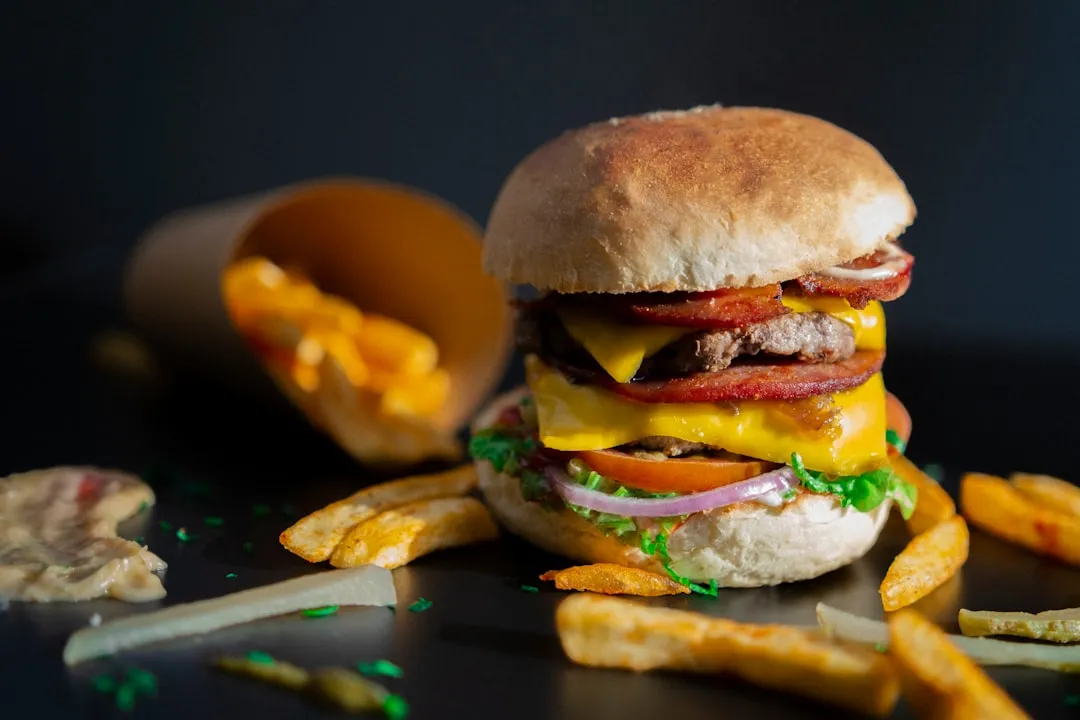



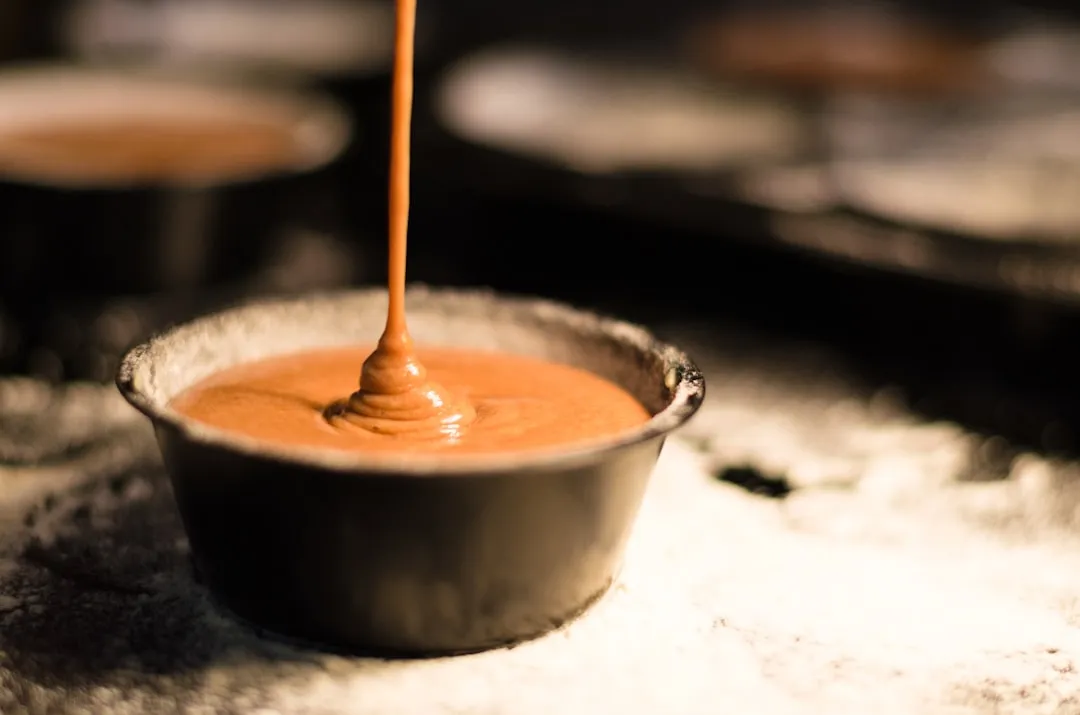


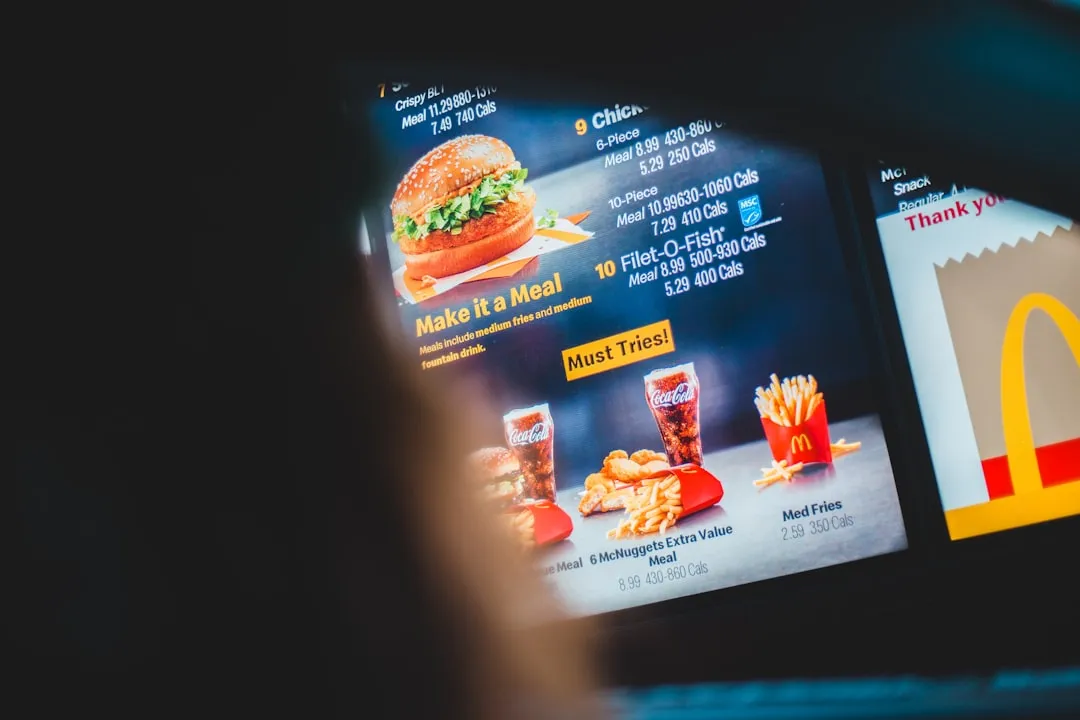



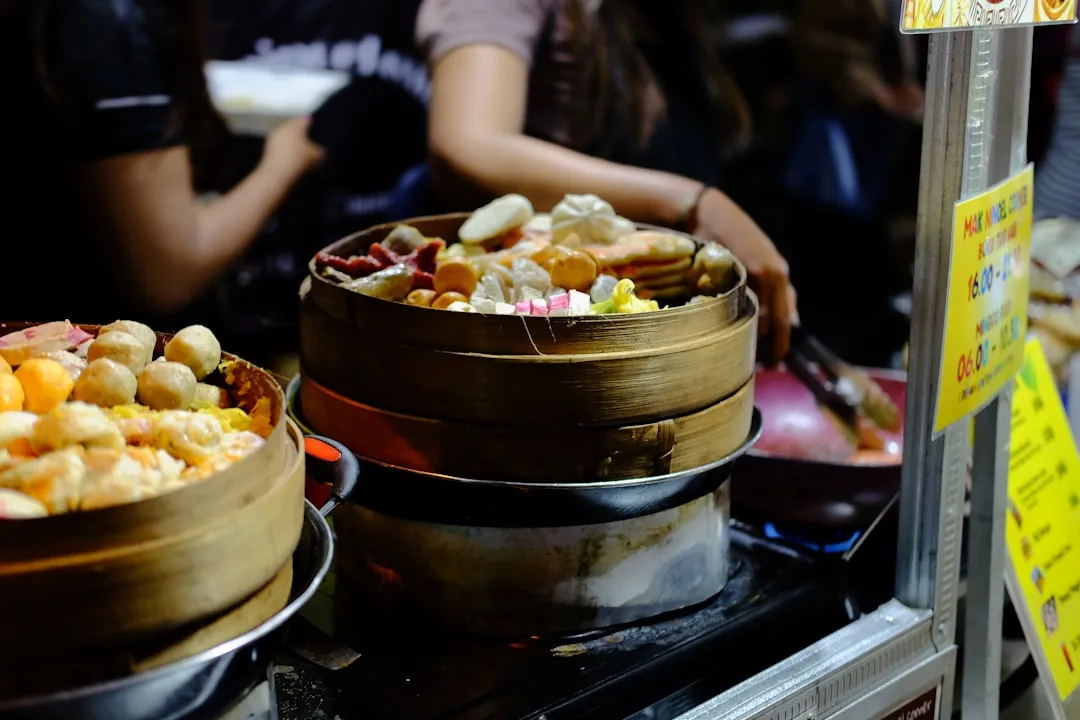
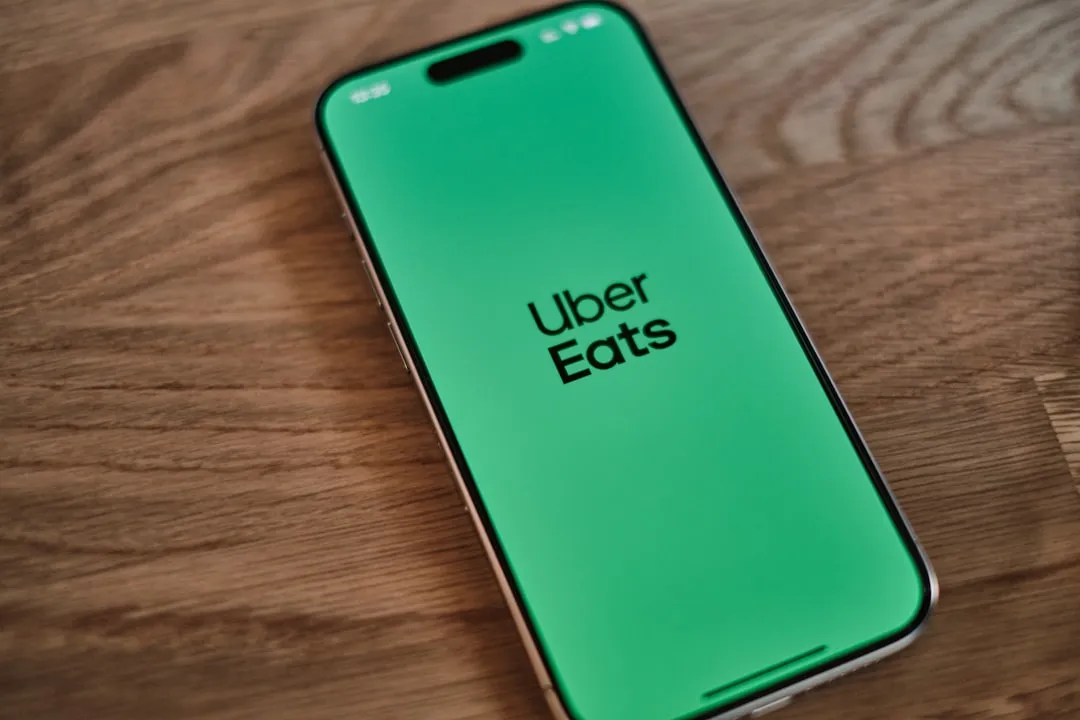






Comments
Be the first, drop a comment!